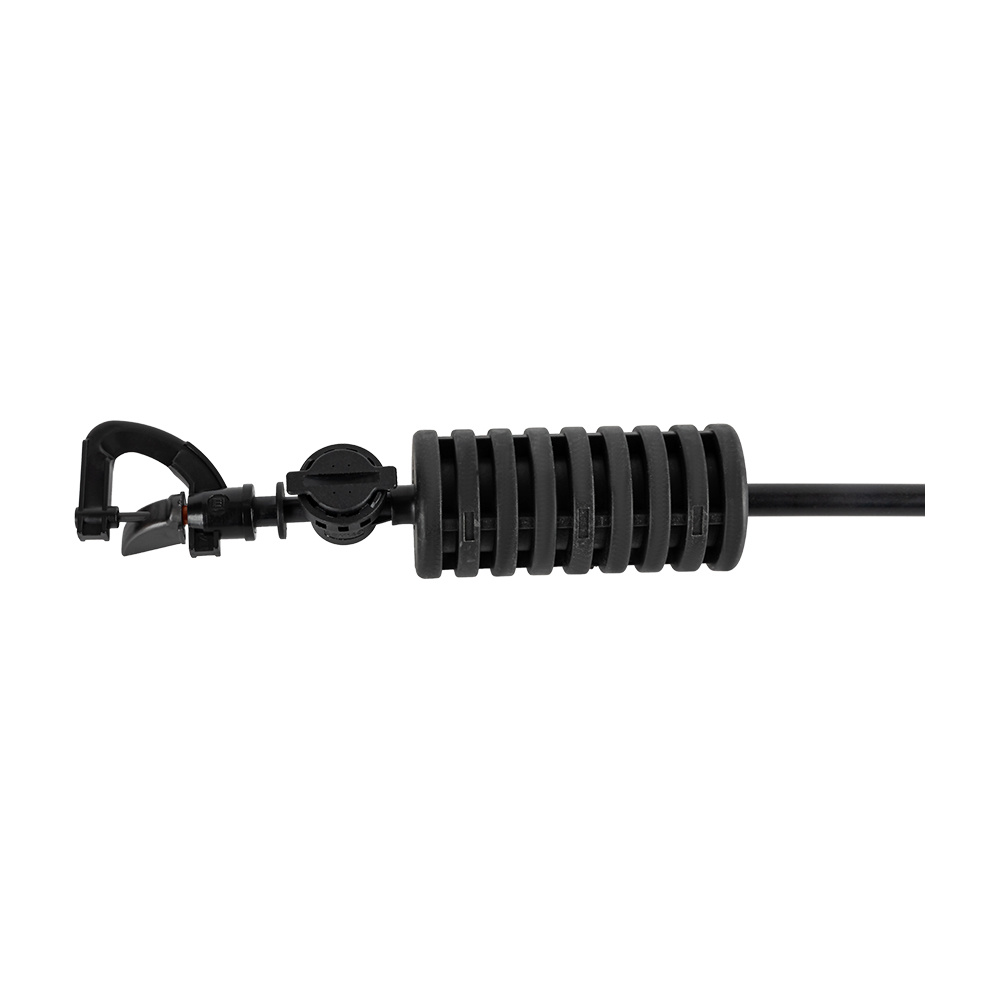Unlocking the Power of Drip Irrigation Technology for Sustainable Agriculture
One of the leading advantages of drip irrigation is its ability to conserve water. Traditional irrigation methods, such as flood or furrow irrigation, often result in significant water loss due to evaporation and surface runoff. In contrast, drip irrigation targets the root zone, ensuring that the plants receive water directly where it’s needed. This not only reduces water waste but also allows for more precise control over moisture levels, promoting healthier plant growth.

In addition to water conservation, the best drip irrigation technology also enhances nutrient efficiency. Fertigation, the practice of delivering fertilizers through the irrigation system, can be easily integrated with drip systems. This allows farmers to supply nutrients directly to the plants during watering, increasing absorption and minimizing nutrient leaching into the soil. By optimizing both water and nutrient delivery, growers can achieve better crop yields and improve overall soil health.
Modern drip irrigation systems incorporate advanced technologies such as sensors and automation. Soil moisture sensors can monitor the moisture levels in real-time, ensuring that irrigation occurs only when necessary. This not only saves water but also reduces energy costs associated with pumping water. Automated systems can be programmed to adjust watering schedules based on weather conditions, crop stages, and soil moisture levels, further enhancing efficiency.
Another noteworthy aspect of drip irrigation technology is its adaptability to various crops and farming practices. Whether you’re growing fruits, vegetables, or ornamental plants, drip irrigation can be tailored to meet the unique needs of different crops. Furthermore, it can be utilized in various farming environments, including greenhouses and open fields, making it a versatile option for farmers.
Investing in the best drip irrigation technology can lead to significant long-term benefits, including reduced water bills, higher crop yields, and less labor input. Moreover, as water scarcity becomes increasingly pressing in many regions, adopting efficient irrigation practices is not just beneficial for growers but also essential for environmental sustainability.
In conclusion, the best drip irrigation technology offers a comprehensive solution for modern agriculture. By optimizing water and nutrient delivery, incorporating advanced technologies, and adapting to various crops, it presents an effective way for farmers to enhance productivity while promoting sustainable practices. Embracing this technology is a step toward a more efficient and environmentally-friendly agricultural future.

评论
发表评论